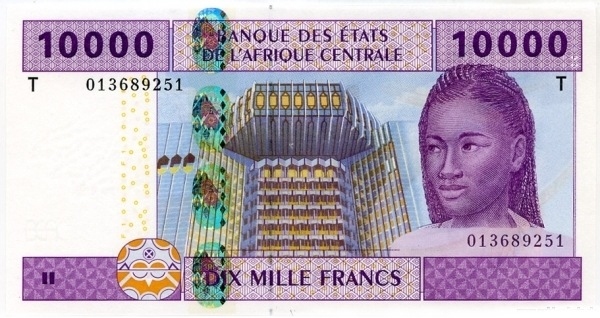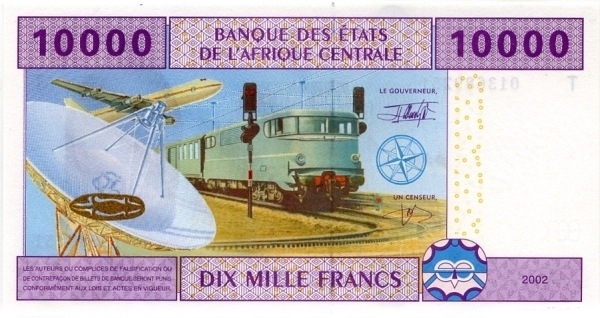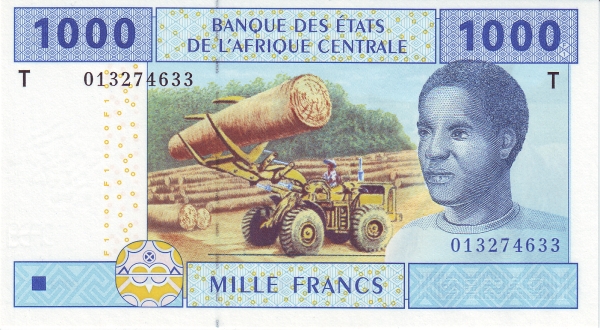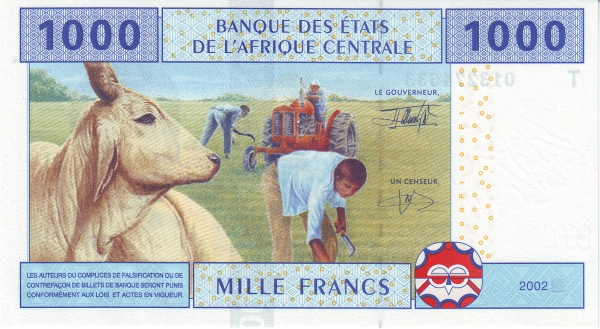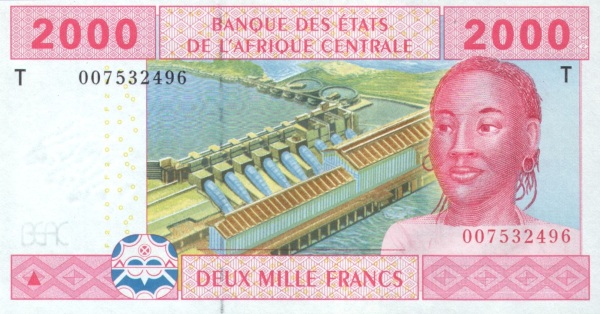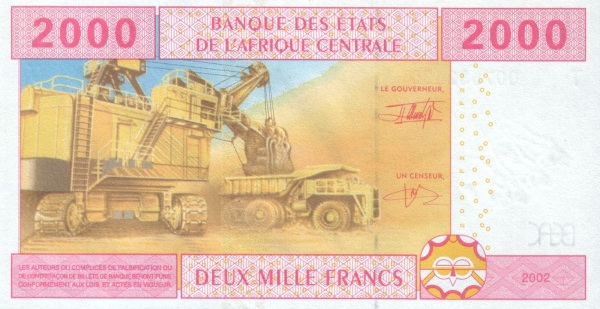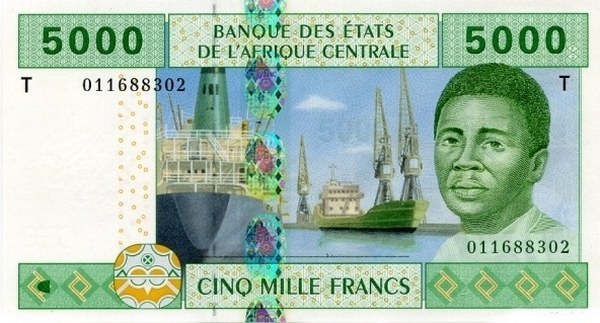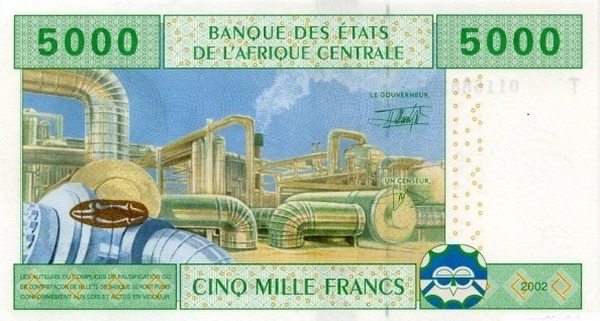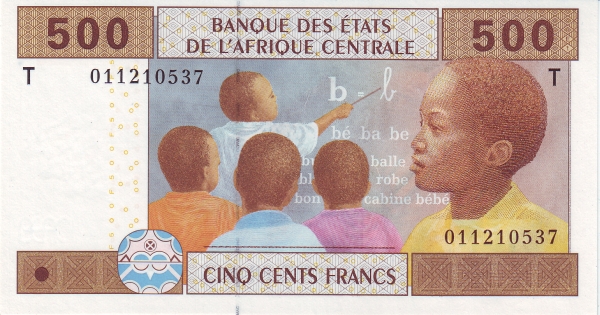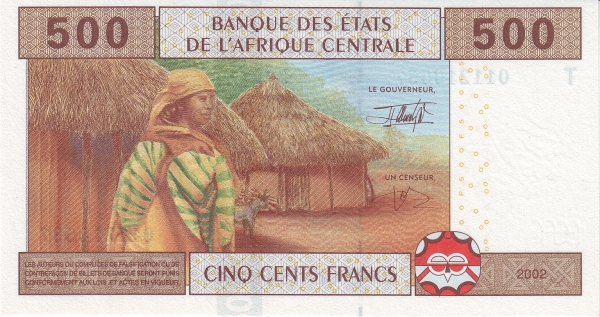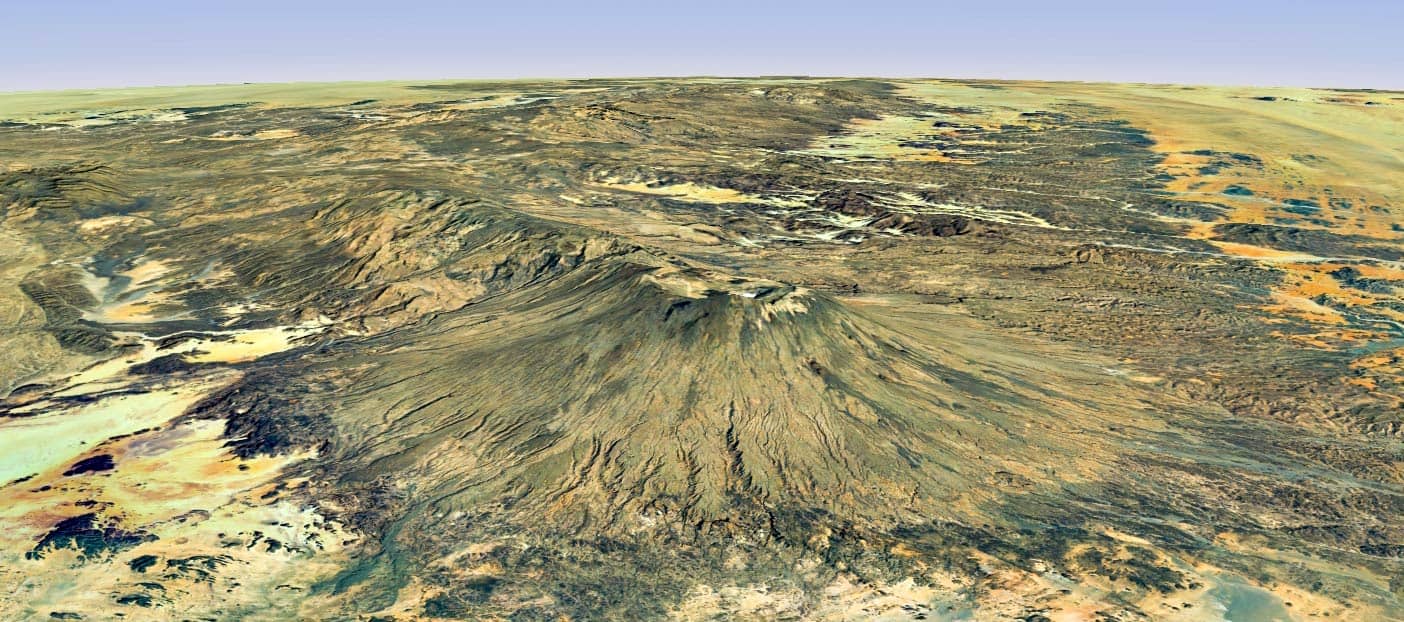Discovering Chad: A Unique African Gem
Chad, a remarkable landlocked nation located in northern Central Africa, captivates with its diverse landscapes and rich cultures. Bordered by Cameroon to the southwest, the Central African Republic to the south, Libya to the north, Niger to the west, and North Sudan to the east, Chad boasts a geographic diversity that adds to its allure. Moreover, it shares a unique border with Nigeria across Lake Chad, further emphasizing its strategic position in the region.
Geographical Wonders of Chad
Occupying an impressive area of 1,284,000 square kilometers, Chad stands slightly larger than 2.5 times the size of Spain, or more than three times that of California. The country features an array of landscapes; from the extensive arid plains found in the Sahelian belt at the center to the northern desert zone characterized by stark beauty, each region tells its own story. In the northwest, mountains provide a breathtaking backdrop, while the southern lowlands encompass the lush, fertile Sudanian Savanna zone. Such geographical diversity remarkably influences the climate and the lifestyle of the Chadian people.
The Climatic Spectrum of Chad
The climate across Chad varies significantly from region to region. In the northern desert, dry conditions dominate throughout the year. Transitioning into the central plains, a hot and dry environment prevails, punctuated by a brief rainy season that occurs from mid-June to mid-September. Conversely, the southern lowlands exhibit warmer and more humid conditions, receiving seasonal rains between late May and early October. This climatic variability fuels the natural beauty and agricultural potential that Chad possesses.
A Glimpse at Chad's Demographics
According to recent statistics, Chad's population is about 13.7 million as of the 2015 census. The capital and largest city, N'Djamena, serves as a vibrant cultural and political hub. Chad is home to over 200 distinct ethnic groups, each contributing to the rich tapestry of Chadian identity. In the northern and central regions, groups such as Gorane, Zaghawa, and various Arab communities predominantly practice Islam. Meanwhile, in the southern regions, ethnicities such as Sara and Moudang lean towards Christianity or animist beliefs. This interplay of diverse cultures greatly enriches Chad's social fabric.
Language and Communication in Chad
In Chad, the official languages are French and Arabic, reflecting its colonial history and cultural influences. Additionally, the presence of more than 120 indigenous languages and dialects showcases the country's linguistic diversity. Chadian Arabic serves as the lingua franca, enabling communication among different ethnic groups. Such linguistic variety significantly contributes to the unique cultural exchange that enriches the everyday lives of Chadians.
The Historical Context of Chad
Understanding the historical background of Chad offers valuable insights into its current socio-political landscape. Previously a part of France's African territories until 1960, Chad has faced various challenges since gaining independence. The country suffered through three decades of civil warfare, exacerbated by foreign invasions. However, stability began to return in 1990 when a semblance of peace emerged after years of turmoil. The government then worked to suppress or reach negotiations with many political-military groups.
Political Landscape and Developments
In the aftermath of civil strife, Chad settled a territorial dispute with Libya that favored its interests. Moreover, a democratic constitution was drafted, leading to multiparty presidential elections in 1996 and 1997. Despite these strides toward democracy, further rebellions erupted, especially in the northern regions. Sporadic conflicts continue to surface even after peace agreements signed in 2002 and 2003. Although progress occurred, a significant portion of power remains concentrated within an ethnic minority, which poses challenges to true democratic governance.
Chad's Economic Landscape
Chad is rich in natural resources, which play a vital role in its economy. Significant deposits of petroleum, natron, kaolin, gold, bauxite, tin, tungsten, titanium, and iron ore contribute to its resource wealth. Moreover, agriculture thrives in the nation, with key products such as cotton, gum arabic, livestock, fish, peanuts, millet, sorghum, rice, sweet potatoes, and dates. Such agricultural diversity not only provides sustenance for the population but also bolsters the economy.
Industrial Development and Trade Partners
Industries in Chad encompass meat-packing, beer brewing, soap production, and construction materials. The economy leans heavily on both agriculture and resource extraction, leading to a dynamic yet challenging economic landscape. Regarding international trade, the United States stands as Chad's largest export partner, accounting for 58.5% of exports, followed by India and Japan. On the import side, France leads with 16.5%, accompanied by China and Cameroon. These partnerships underscore Chad's integration into the global economy.
The Cultural Richness of Chad
Culturally, Chad is a fascinating mosaic of traditions, customs, and festivals. Various tribes celebrate their unique heritage through vibrant music and dance. Traditional arts and crafts also flourish, showcasing to the world the creativity of the Chadian people. Additionally, the nation's culinary diversity presents a delightful exploration for food enthusiasts. Dishes commonly feature locally sourced ingredients, combining flavors and techniques from various regions. This culinary experience enhances one’s understanding of Chad's cultural identity.
Challenges and Future Prospects
Despite its natural resources and cultural richness, Chad continues to face significant challenges. Political stability remains fragile, and poverty is pervasive among much of the population. Furthermore, ongoing conflicts threaten the overall development of the nation. However, there is hope as international organizations, NGOs, and local communities work together to address these issues, fostering a more stable and prosperous Chad for future generations.
Conclusion: Embracing the Future of Chad
In conclusion, Chad remains a country of contrasts, marked by its breathtaking landscapes, rich cultural heritage, and complex socio-political history. While challenges persist, the resilience of its people shines through, fostering hope for a brighter future. As Chad navigates its trajectory, a deeper understanding of this remarkable nation can pave the way for greater appreciation and collaboration on the international stage.
Largest cities of: Chad
| City Name | Population | Year of foundation | |
| N'Djamena | 993,492 | 1900 | |
| Moundou | 143,123 | 1940 | |
| Abéché | 120,000 | circa 840 | |
| Sarh | 107,080 | circa 700 | |
| Kelo | 62,000 | circa 1300 | |
| Doba | 56,000 | 1926 | |
| Am Timan | 45,000 | circa 1900 | |
| Mongo | 43,000 | 1960 |
Chad: Money
